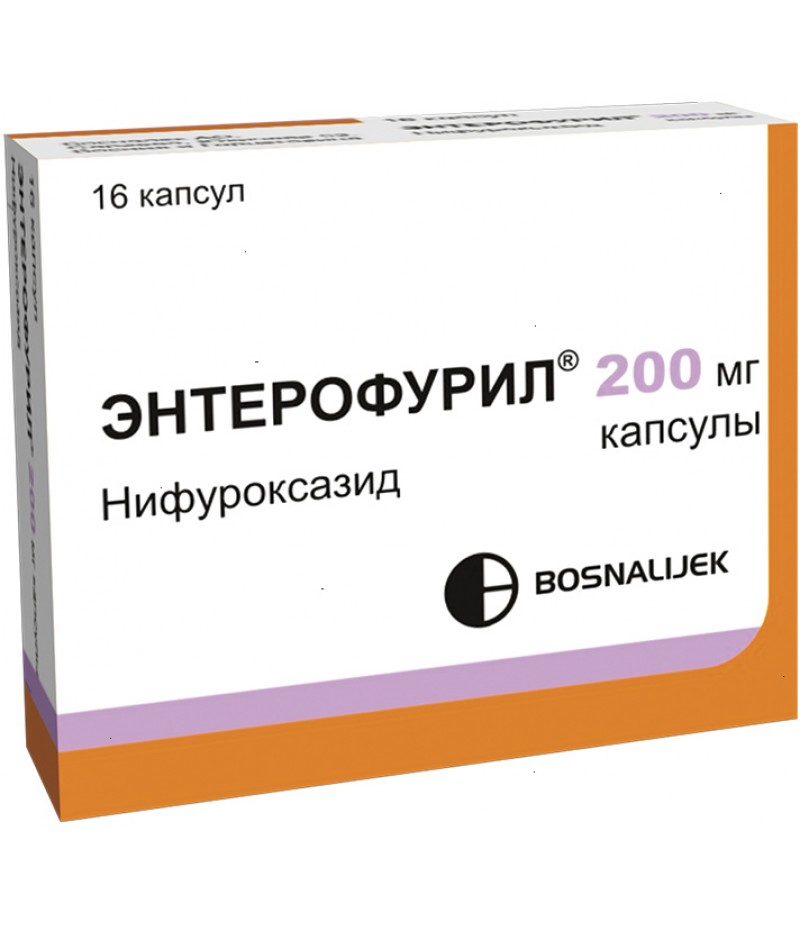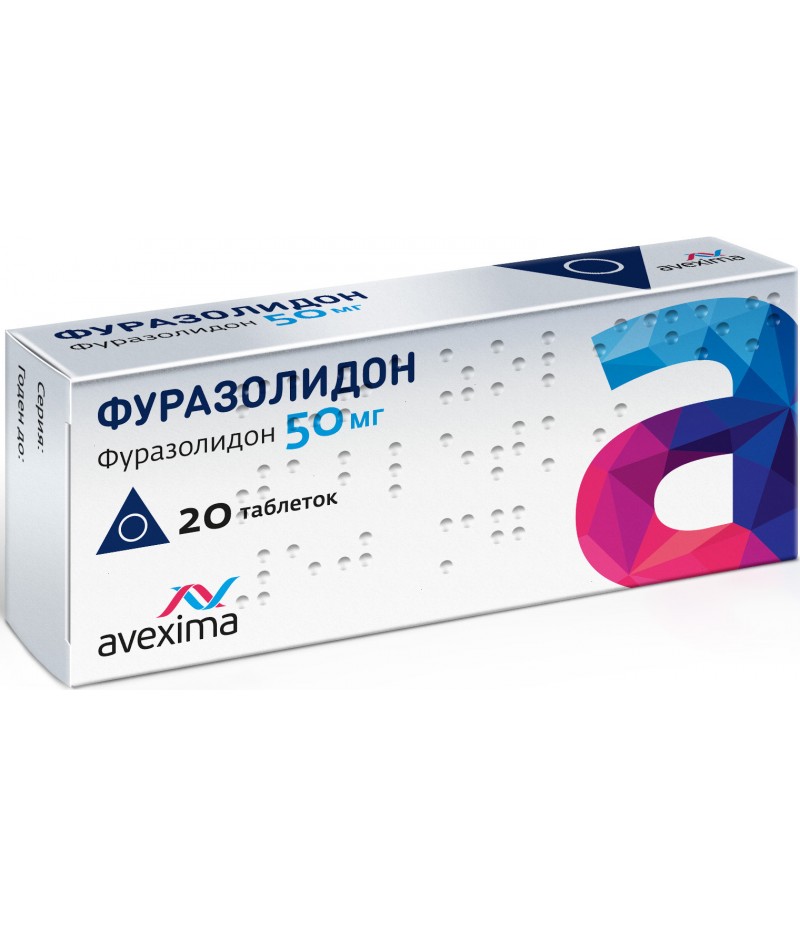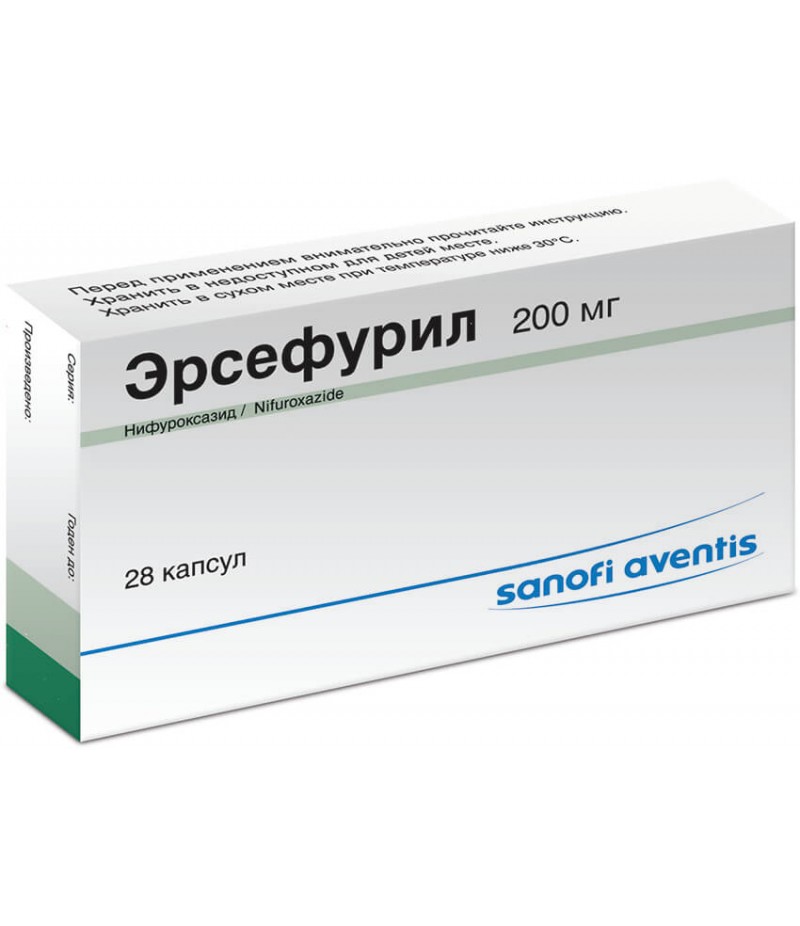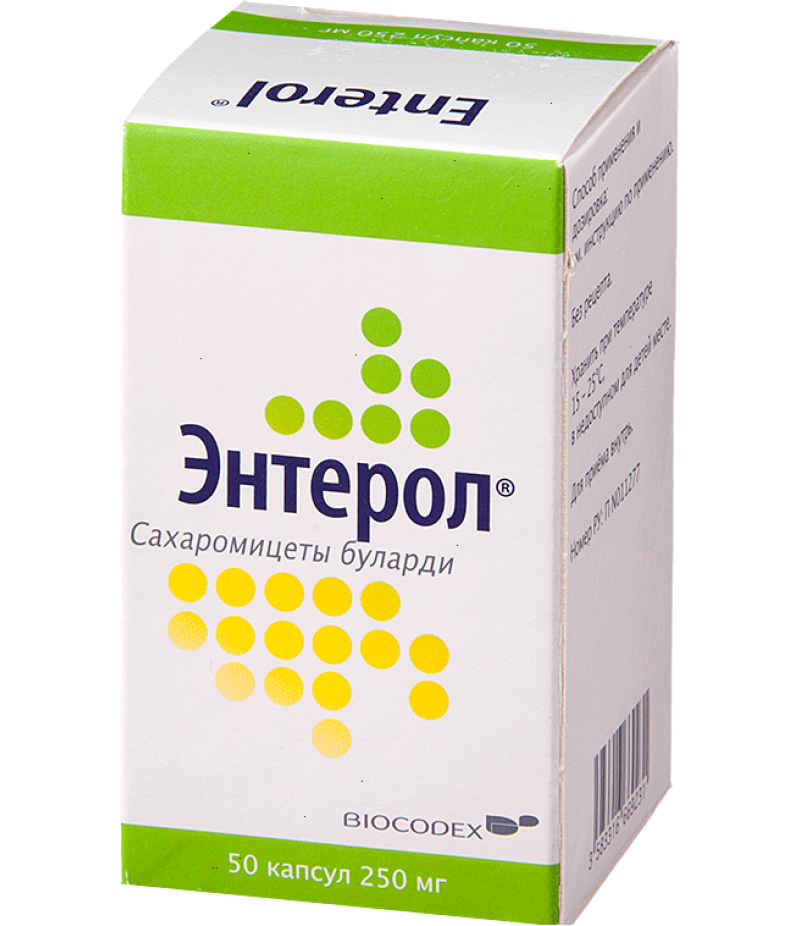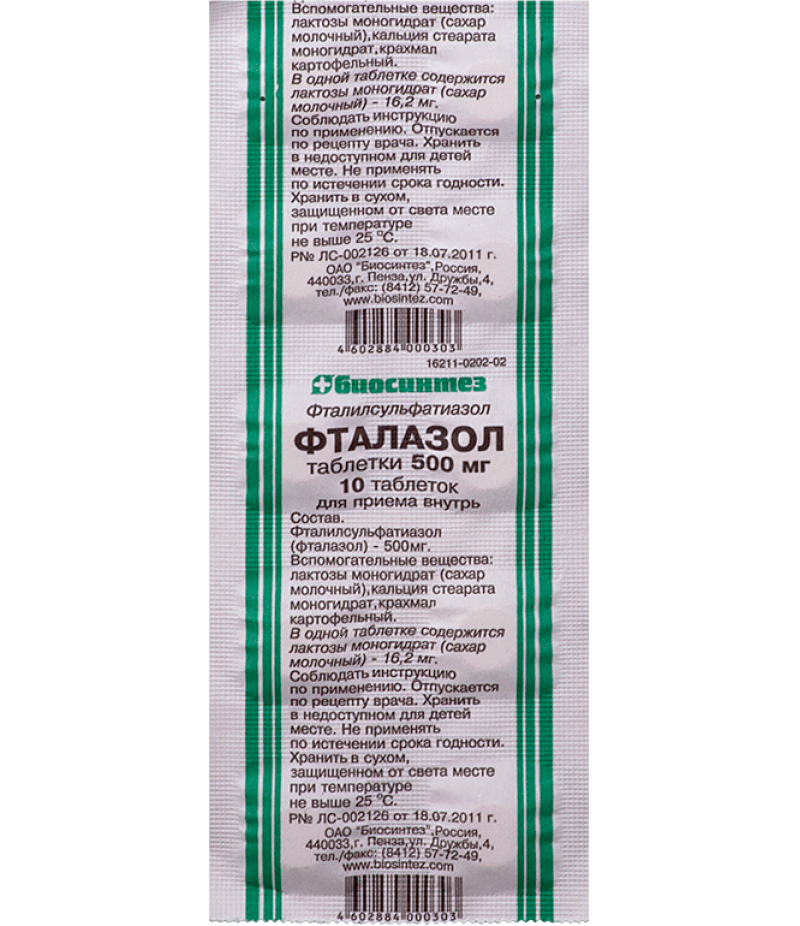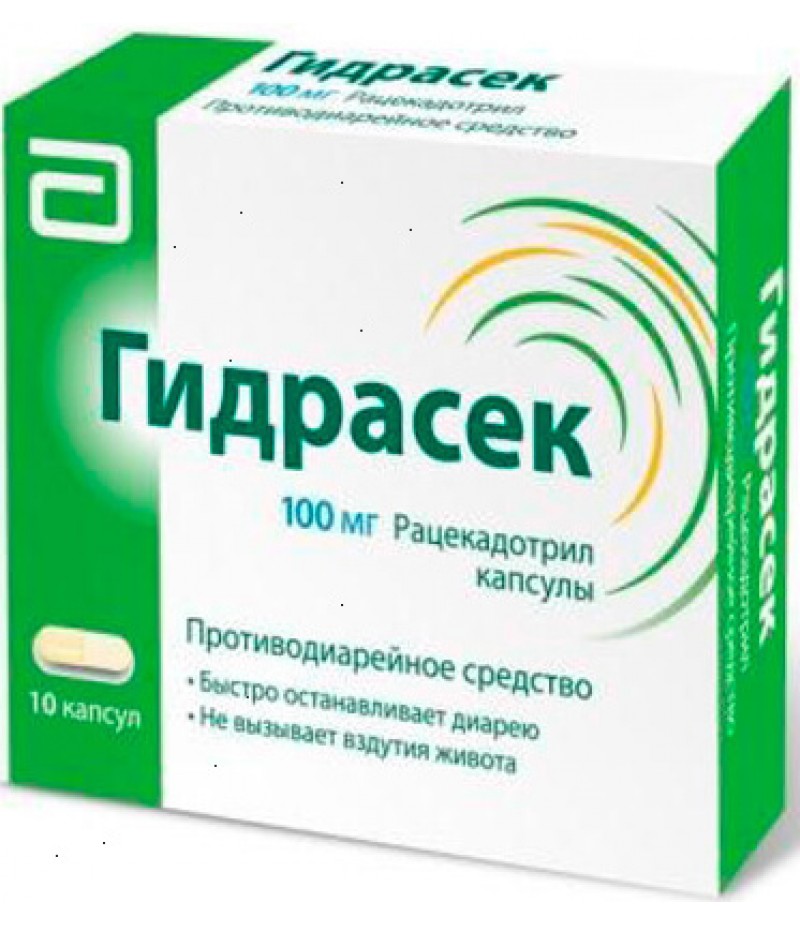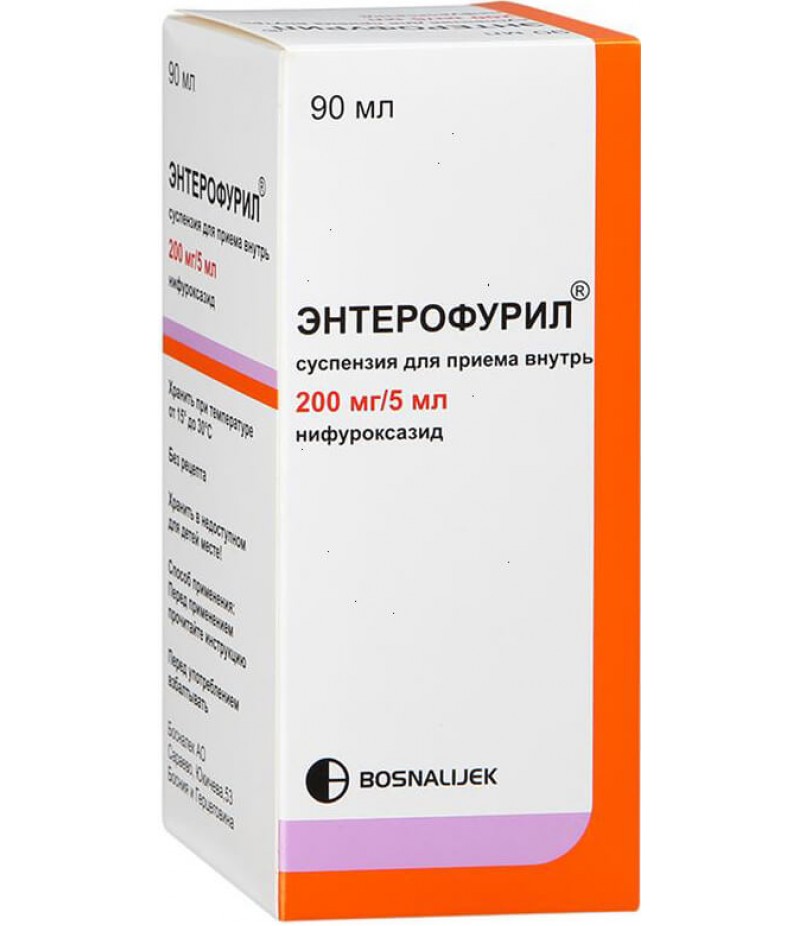Enterofuryl caps 200mg #16
- $19.99
- 3 or more $18.63
- Availability:In Stock
Enterofuryl instruction for useReed more and buy Enterofuryl capsules on this pageCompositionOne capsule of Enterofuryl contains 100 or 200 mg of Nifuroxazide as an active substance and a number of auxiliary components: ..
Tags: caps
Enterofuryl instruction for use
Reed more and buy Enterofuryl capsules on this page
Composition
One capsule of Enterofuryl contains 100 or 200 mg of Nifuroxazide as an active substance and a number of auxiliary components:
corn starch (Amylum maidis);
sucrose (Saccharose);
microcrystalline cellulose (Cellulose microcrystallic);
magnesium stearate.
Form of issue
Enterofuryl has three forms of release:
gelatin capsules;
suspension.
Capsules are solid, yellow, opaque, filled with yellow powder (inclusions are allowed, which are small particles of compressed mass), contain 200 mg of active substance.
pharmachologic effect
The active substance Enterofuryl belongs to the group of antimicrobial medicines used to treat infectious diseases of the intestine, and is characterized by the ability to exert antimicrobial effect.
Pharmacodynamics and pharmacokinetics
The effectiveness of Enterofuryl is due to the activity of the Nyfuroxazide in its composition. The substance acts locally, without penetrating into various tissues and organs, so the drug has only an antidiarrheal effect, there are no systemic effects after its administration.
The antimicrobial action of Enterofuryl depends on the dose: thus, low and medium doses provide a bacteriostatic effect against pathogenic microorganisms, high bactericidal effects.
The mechanism of bacteriostatic action of the drug is associated with the suppression of enzymatic activity of dehydrogenases, and this in turn disrupts the synthesis of compounds vital to the microorganism cell.
The bactericidal mechanism of action is determined by the ability of high doses of Nifuroxazide to exert a destructive effect on the membranes of bacterial cells. Violation of the integrity of the cytoplasmic cell membrane provokes the death of the microorganism.
Nifuroxazide suppresses the production of pathogenic microflora of enterotoxins, which allows to reduce the intensity of irritation of intestinal epithelial cells (enterocytes) and to decrease the activity of secretion of fluid and salts into the lumen of the intestine.
Clinical studies have shown that Enterofuryl has the ability to activate the protective functions of the immune system. This effect is due to the fact that Nifuroxazide stimulates phagocytosis.
In this case, Enterofuryl in therapeutic doses does not have a negative effect on the normal intestinal microflora, does not provoke the appearance of microbial forms resistant to its action, as well as the development of cross resistance of pathogenic microorganisms to other antibacterial agents.
Nifuroxazide is active against gram-positive (Gram (+)) and Gram-negative (Gram (-)) microorganisms, which include bacteria of the genus Staphylococcus spp. (Staphylococcus), Streptococcus spp. (Streptococci), Haemophilus influenzae (Pfyfer's wand), Salmonella spp. (Salmonella), Shigella spp. (Shigella), Enterobacter spp. (enterobacter), Klebsiella spp. (Klebsiella), Escherichia coli (Escherichia coli) and Proteus spp. (Proteus).
With intestinal diseases of viral origin, Enterofuryl reduces the risk of bacterial superinfection.
After ingestion, the drug is practically not absorbed from the digestive tract, about 99% of it remains in the intestinal tract.
Nifuroxazide and the products of its metabolism are excreted from the body together with the contents of the intestine. The rate of excretion depends on the dose taken and the specific features of the gastrointestinal motility of the individual patient.
Indications for use: what are the capsules and syrup for Enterofuryl
According to the annotation, indications for the use of Enterofuryl are:
acute and chronic diarrhea, provoked by pathogenic microorganisms susceptible to the action of the drug (except when the patient has signs of helminthic invasion);
chronic diarrhea in patients with inflammation of the mucous membrane of the large intestine;
Diarrhea resulting from uncontrolled intake of individual antimicrobial medicines (eg, antibiotics);
Diarrhea of unknown origin (both acute and chronic).
Contraindications
The drug is contraindicated in people with increased sensitivity to Nifuroxazide and the adjuvants included in the preparation, as well as to other drugs that are derivatives of the nitrofuran series.
In addition, Enterofuryl in the form of a suspension is not prescribed for children under the age of 1 month. Tablets are allowed to be used only when the child reaches the age of 3 years.
Side effects
Like any other medicinal product, Enterofuryl can provoke side reactions, which are most often expressed as:
abdominal pain;
bouts of nausea;
increased diarrhea.
These symptoms are temporary, do not require treatment, dose review and drug withdrawal.
In some cases, the patient's body may respond to the ingestion of Enterofuryl by allergic reactions. If after the use of the drug appears rash, swelling Quincke, urticaria, or develop an anaphylactic shock, they immediately stop treatment.
Instructions for the use of Enterofuryl (Method and dosage)
Enterofuryl capsules: instructions for use
The daily dose of Enterofuryl for adult patients is 800 mg. It is recommended to divide it into 4 receptions. That is, the drug takes one capsule 200 mg or two 100 mg capsules at a time.
Enterofuryl: how to take pills and syrup for children
Pediatric dosage of Enterofuryl is 600-800 mg per day, that is, two 100 mg capsules or one 200 mg capsule three or four times a day. Tablets are shown to children over 3 years of age.
Suspension is allowed to prescribe to children older than 1 month with an interval of intake of at least 8 hours.
1 - 6 months: 2.5 ml not more than three times a day.
7 months - 2 years: 2.5 ml not more than four times a day.
3 - 7 years: daily infant dose - 15 ml. Multiplicity of receptions - 3.
How many days to take the drug, determines the doctor, but both for children and adults, the duration of treatment should not exceed 7 days.
One of the most frequent questions that arise in most patients is the question of how to take - before or after eating. In the instructions to Enterofuryl it is indicated that you can take the drug without tiring to the time of eating.
Overdose
At the moment, cases of overdose with Enterofuryl are unknown. This is due to the fact that the drug is not absorbed from the digestive tract and does not enter the systemic circulation.
In case of exceeding the recommended dose and the appearance of symptoms of intoxication of the body, act as if poisoning: do a lavage of the stomach and prescribe the patient symptomatic treatment.
Interaction
Due to the lack of systemic absorption, the likelihood of interaction of Nifuroxazide with other drugs is unlikely. Nevertheless, one should not prescribe it in combination with alcohol-containing preparations, preparations provoking antabuse reactions, and also with drugs that exert a depressing effect on the central nervous system.
Terms of sale
Enterofuryl is dispensed without a prescription.
Storage conditions
Special requirements for the storage of Enterofuryl in capsule form are not available. The preparation in the form of a suspension is recommended to store in a dry place, protected from sunlight. The optimum temperature regime is 15-30 ° C. Do not freeze the suspension.
Shelf life
Capsules may be consumed within three years after the release date.
Enterofuryl for children
Instruction on Enterofuryl for children warns that the drug has age limits. So, Enterofuil in capsules is forbidden to appoint children under three years, in the form of syrup - up to one month.
In cases where diarrhea in a child is accompanied by vomiting, diarrhea should be excluded before administration, which is a consequence of helminthic invasion or a viral infection (eg, hepatitis).
Since the drug is used to treat bacterial diarrhea, it is tolerated when vomiting in children, as well as with diarrhea, accompanied by an increase in temperature.
Quite often, small patients are prescribed to take Enterofuryl and Smecta simultaneously. The drugs have different effects: the action of Enterofuryl is directed to the destruction of intestinal infection, Smecta envelops the walls of the intestine and stomach, thus having a beneficial effect on the barrier function of the mucosa of the digestive system and increasing the resistance of the mucus contained in the gastrointestinal tract to irritants.
Many doctors call the drug "intestinal antibiotic", and so mothers often are afraid to give it to young children. Also they are interested in the question "Enterofuryl is an antibiotic or not?"
The active substance of the drug is a derivative of nitrofuran. Despite the fact that all preparations of the nitrofuran series have bacteriostatic and bactericidal action, they are not antibiotics.
An antibiotic is a substance of natural or semi-synthetic origin that has the ability to suppress the growth and multiplication of bacterial cells. Nifuroxazide is a fully synthetic drug.
On the site of Dr. Komarovsky, questions are considered from which Enterofuryl and how safe is its use in pediatrics. The article indicates that the active substance of the drug, Nyfuroxazide, is recognized as a drug with unproven efficacy.
Safety of the use of Nifuroxazide for the treatment of children
Initially, Nifuroxazide (called Ercefuril, and later in the form of generics) appeared in France about 50 years ago. The drug was used as a remedy for diarrhea to treat children older than one month. Indication for his appointment was acute diarrhea, caused by a presumably bacterial infection.
However, after 30 years the area of application of the drug has changed significantly. Since the mid-90s of the last century, 100 mg capsules have been left for the treatment of children older than 6 years, and 200 mg capsules were prescribed only to adult patients.
Suspension for oral administration was recommended for prescribing to children from a month of age. Since 2000, this dosage form has been prescribed as an adjunct to rehydration therapy.
In 2003, the benefit / risk ratio of Nifuroxazide was revised. As a result of this reassessment, the Enterofuryl suspension for children was banned from prescribing to children who were under 2 years old.
Enterofuryl and alcohol
During the treatment with Enterofuryl, drinking is prohibited. The drug disrupts the splitting of alcohol, which is accompanied by the accumulation in the body of acetaldehyde and the development of symptoms of poisoning, which are expressed as:
increase in temperature;
redness of the skin;
vomiting;
the appearance of noise in the head;
difficulty breathing;
increased diarrhea;
increased heart rate;
the appearance of an unreasonable sense of fear.
Enterofuryl in pregnancy
To date, there is no reliable data on teratogenicity, feto- and embryotoxicity of Enterofuryl. Therefore, to avoid possible undesirable consequences for the fetus, it is not recommended to prescribe the drug during pregnancy.
Breastfeeding women are allowed to use Enterofuryl only on condition of short-term treatment.
Reviews of Enterofuryl
Reviews about Enterofuryly on the forums are quite controversial. The undoubted advantages of the drug most people believe is that he:
belongs to the group of antimicrobial agents, not antibiotics;
is active against almost all bacteria that are the causative agents of infectious diseases of the intestine (in particular, it is active against a protein against which most antibiotics are powerless);
does not affect the saprophyte flora of the intestine and does not provoke digestive disorders (thanks to which the balance of the intestinal microflora is more quickly normalized and the healing of the intestinal mucosa is faster);
increases the effectiveness of the immune system of the body, stimulating its ability to resist infection and increasing the concentration of antibodies.
Another valuable property of the drug is that pathogenic microorganisms do not develop resistance to it.
Enterofuryl is not absorbed from the digestive tract, does not affect the function of various organs and systems, and its place of action is exclusively the intestine. For this reason, the remedy is classified as a safe medication, which even small children are allowed to prescribe, and - in some cases, according to the doctor's testimony - to pregnant women.
Analyzing the reviews about Enterofuryl for children, we can conclude that it is highly effective. Intestinal infections in children are the second most common after acute respiratory infections and are one of the main causes of infant mortality.
Therefore, many doctors consider Enterofuryl as a kind of wand-zashchalochku. In pediatrics, the drug is widely used in complex therapy for bacterial diarrhea, with rotovirus, with vomiting (if it is a consequence of the activity of pathogenic bacteria), and also for treating children from poisoning.
The drug is available in the form of a suspension, which allows you to assign it even for babies. Significantly facilitates the reception is also the fact that Enterofuryl has a sweet taste and a pleasant aroma.
The doctors' comments about Enterofuryl are positive. It is well known that before an antimicrobial agent is prescribed, it is necessary to accurately identify the causative agent of the disease. Modern diagnostic methods allow doing this only for 3-10 days. Such procrastination in some situations can seriously affect the patient's condition.
The effectiveness of Enterofuryl against most known microorganisms allows for the initiation of treatment without waiting for the results of laboratory tests.
Nevertheless, most doctors emphasize the fact that the different bacteria Enterofuryl acts differently. In addition, in moderate doses, it stops the growth and multiplication of bacteria, in higher doses it destroys bacterial cells.
At the same time, some bacteria, disintegrating under the influence of a medicine, secrete a large number of toxic substances dangerous for the body, which, by entering the systemic bloodstream, thereby poison it.
Therefore, appoint a doctor and select the optimal therapeutic dose for each individual patient. Self-medication can only aggravate the situation.

